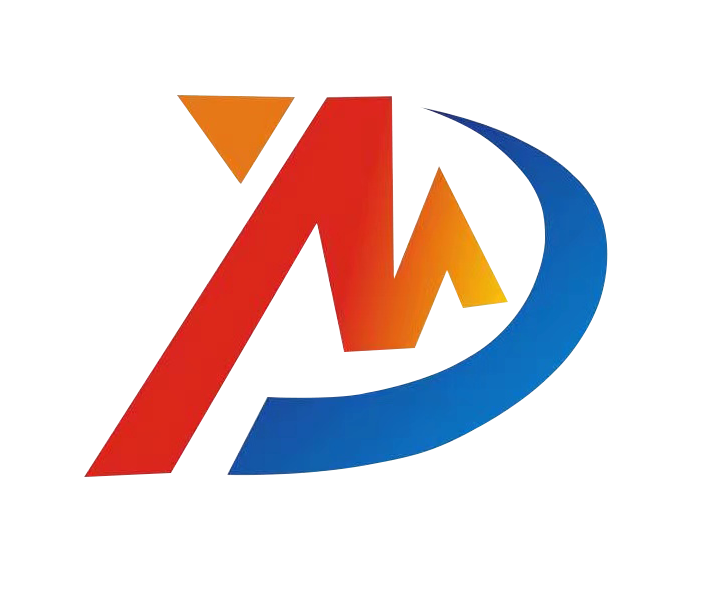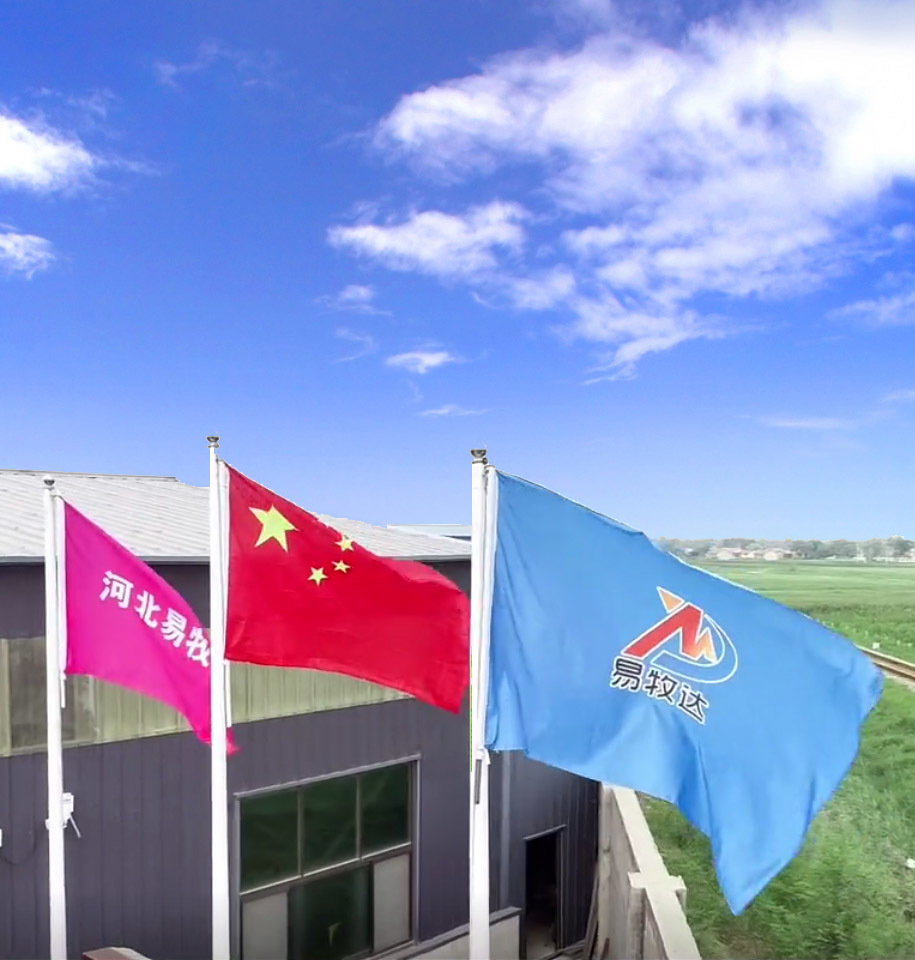Key Points of Seasonal Ventilation Management for Laying Hens
Category: Industry News
2024-05-15
The key points of seasonal ventilation management of laying hens include the following aspects:
-
Matching of ventilation with the needs of chickens: during the season, the weather changes greatly and the temperature difference between day and night is obvious, so it is necessary to adjust the ventilation according to the actual needs of chickens. The size of the ventilation should be able to meet the needs of the chickens for fresh air, while keeping the temperature in the chicken house relatively stable, to avoid the impact of excessive temperature difference on the laying rate of laying hens.
-
Matching the number of fans and ventilation: according to the size of the chicken house and the number of chickens, the number of fans should be reasonably configured to ensure that the ventilation can achieve the desired effect. During the operation of the fan, the running status of the fan should be checked regularly to ensure its normal operation and avoid poor ventilation due to fan failure.
-
The matching of the air inlet area and the number of fans: the size of the air inlet area directly affects the ventilation effect in the chicken house. During the season, it is necessary to adjust the air inlet area according to the weather changes and the needs of the chickens to ensure that the ventilation in the chicken house is appropriate.
-
Control principle: In the process of ventilation management, the principle of symmetrical opening of the fan should be followed to ensure uniform ventilation in the chicken house. When the fan is turned on asymmetrically, the intake air volume on the biased side is generally 3% more than that on the opposite side, which may lead to uneven temperature distribution in the chicken house and affect the laying rate of laying hens. Therefore, when opening the fan, try to avoid asymmetric opening.
-
Temperature control: During the season, the weather changes greatly, and the temperature in the chicken house will fluctuate. Therefore, in the process of ventilation management, it is necessary to pay close attention to the temperature changes in the chicken house, and adjust the ventilation rate in time to ensure that the temperature in the chicken house is maintained within a suitable range. Generally speaking, the suitable growth temperature for laying hens is 15-28 ℃, and too high or too low temperature will affect the laying rate of laying hens.
-
Humidity control: During the season, the humidity in the chicken house will also change. Too high or too low humidity will affect the health and egg production rate of laying hens. Therefore, in the process of ventilation management, we should pay attention to the humidity change in the chicken house, and timely adjust the ventilation volume and air inlet area to ensure that the humidity in the chicken house is kept within the appropriate range.
-
Air quality monitoring: in the process of ventilation management, the air quality in the chicken house should be monitored regularly, including the concentration of ammonia, carbon dioxide, hydrogen sulfide and other harmful gases. When the concentration of harmful gases exceeds a certain standard, measures should be taken in time for ventilation to ensure good air quality in the chicken house.
In short, the key point of seasonal ventilation management of laying hens is to maintain the appropriate and stable ventilation, temperature, humidity and air quality in the house to meet the needs of laying hens for the growth environment during the season, so as to improve the laying rate and production efficiency of laying hens.
Key words:
RELATED INFORMATION
What are the advantages of Hebei Yimu Da Animal Husbandry Equipment Co., Ltd.
We have a professional R & D team, with rich industry experience and deep technology accumulation, can continue to innovate and break through, to provide customers with more competitive products.
View Details











